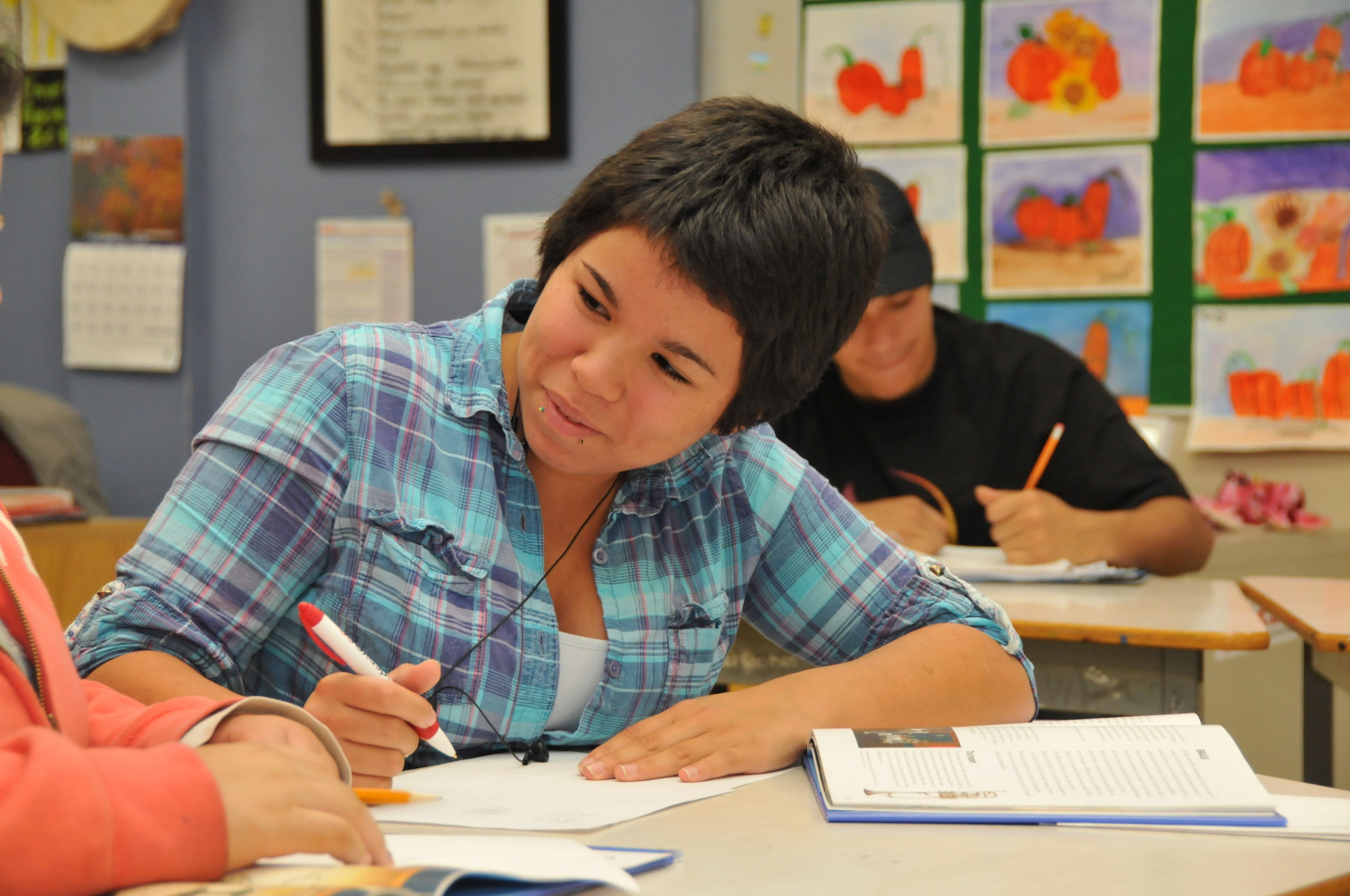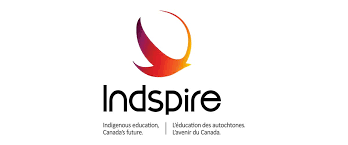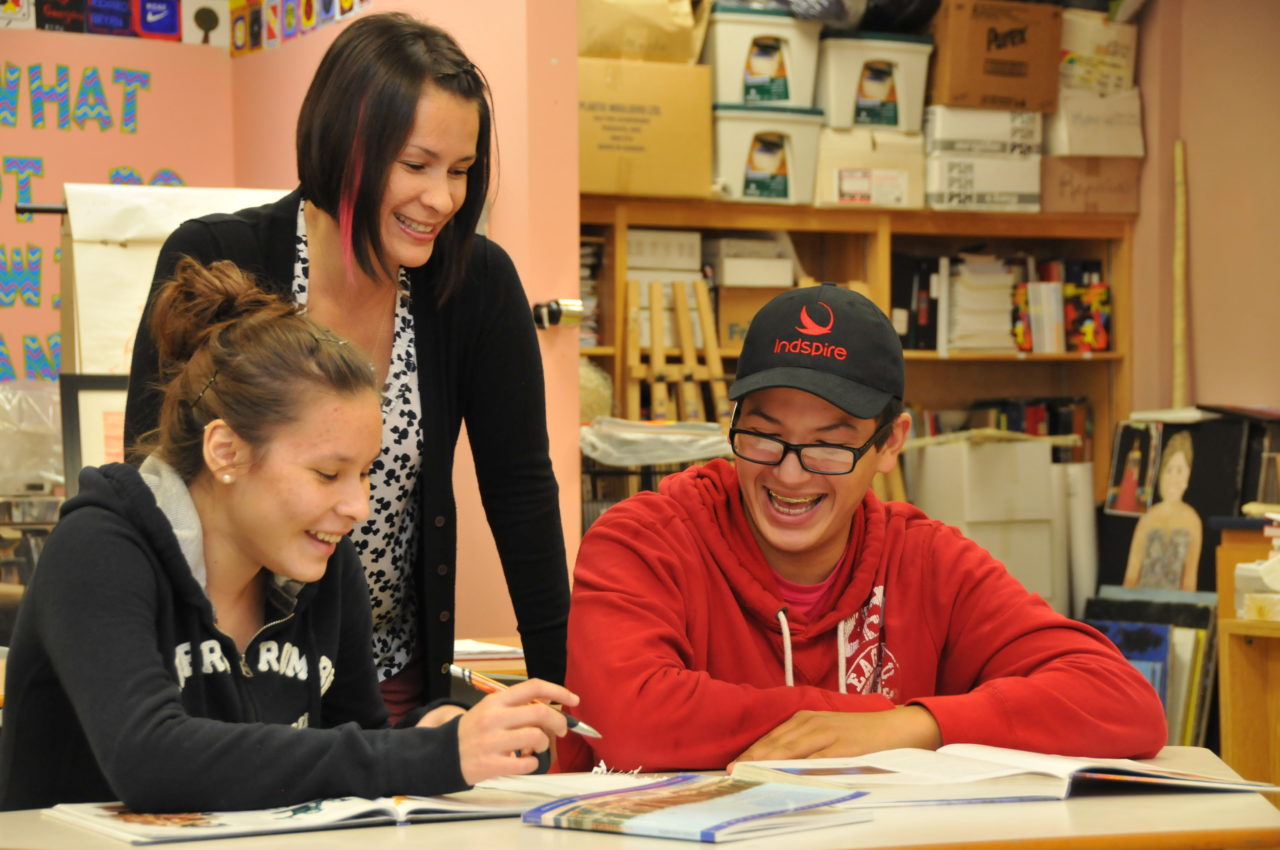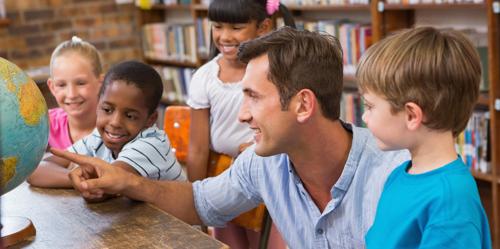 Building Brighter Futures
Building Brighter Futures
Every student will graduate in a generation
There is no question that education leads us forward, but we should be asking how do we reinvent education to improve quality and accommodation for all? Indigenizing education is a crucial step in the right direction toward reconciliation. Many First Nations, Inuit, and Métis students face significant barriers to academic success because their needs are not met in the classroom. Quality education begins with Educators and Indspire’s National Gathering for Indigenous Education provides teachers with the tools needed to adapt their lessons with the goals of historical thinking in mind, while remaining respectful of Indigenous priorities in a learning environment.
Necessity
Improving classroom outcomes for First Nations, Inuit and Métis K-12 students in Canada.
Activity
Providing learning and resources to educators of Indigenous K-12 students to diversify education and improve student success.
Countable effort
Educators access tools that help them incorporate strategies into their teaching that better meet the needs of Indigenous students.
Result
Indigenous students benefit from improved experiences in the classroom and support from their educators that leads to better academic outcomes.
Systemic effect
Within a generation, every Indigenous student will graduate.
Background
The high school dropout rate for Indigenous students in Canada is four times higher than the national average. This is in part due to intergenerational trauma stemming from the residential school system and the “1960’s scoop.” Indigenous student populations do not have adequate demographic representation within their teaching staff and their experiences in the classroom and graduation rates reflect this. Released in 2015, the Truth and Reconciliation (TRC) report recommended 94 Calls to Action, nineteen of which have direct implications for classroom settings. Incorporating Indigenous laws, traditions, histories, and voices into curriculum is the key to Indigenous student success.
The good deed
Your good deed today will give educators access to resources that will help them improve the experiences and outcomes of Indigenous students. There is a growing need to learn about best practices in Indigenous education and Indspire’s National Gathering for Indigenous Education platform creates a space for collaboration and meaningful dialogue. Alongside the professional presentations, keynote speakers and student panel discussions, your good deed will provide educators with resources they can take back to their classrooms. These resources include strategies for engaging students, emerging trends affecting Indigenous students today. Repeatedly, we have seen that investing in Indigenous students leads to benefits for their immediate family and many generations to come, helping to create a path out of poverty and towards success.

About CANADA
The GOOD DEED project will take place nationwide
More than 1.67 million people in Canada self-identified as an Indigenous person. Among the three groups, First Nations are the largest (at 60% out of total), followed by Metis (36%) and the Inuit population (4%).
Indigenous peoples in Canada experience the highest levels of poverty: A shocking 1 in 4 are living in poverty and 4 in 10 of Canadas Indigenous children live in poverty
Many live in Ontario and the western provinces, but they made up the largest shares of the total population of the North West Territories, Yukon, Manitoba and Saskatchewan.
There are more than 634 recognized First Nations governments or bands.
About the organization and further information

Indspire
Website
Further information and source
- • Indspire, 2018. Truth and Reconciliation in Post-Secondary Settings: Student Experience.
- • Richards, John, 2014. Are We Making Progress? New Evidence on Aboriginal Education Outcomes in Provincial and Reserve Schools, C.D. Howe Institute, Toronto ON.
- • Talaga, Tania, 2018. All Our Relations, House of Anansi Press, Canada.
- • Battiste, Marie, 2013. Decolonizing Education, Purich Publishing, Saskatoon




